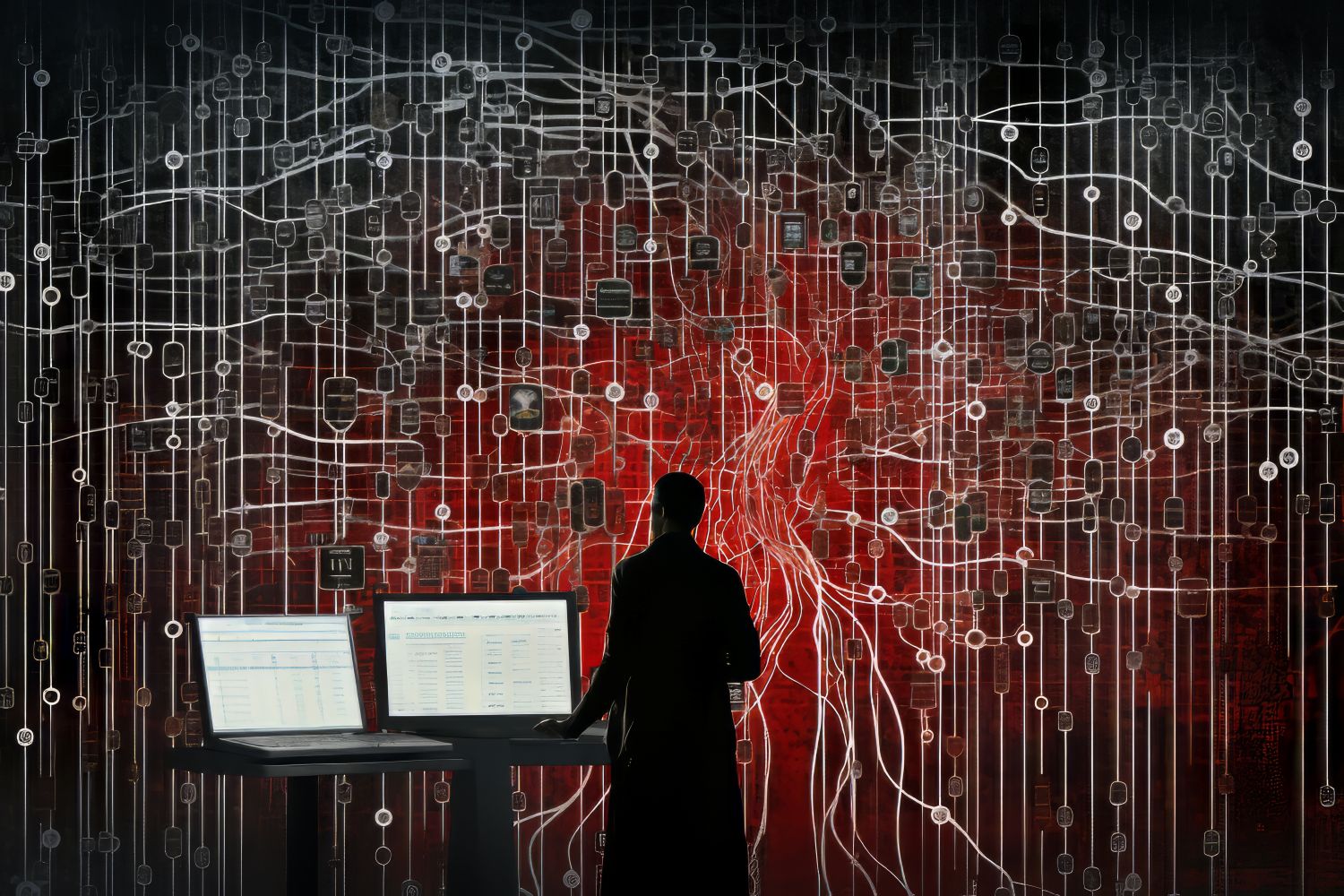Palo Alto Networks, a global leader in cybersecurity, warns that the world is already entrenched in a true digital cold war: a continuous conflict where nation-states execute cyberattacks aimed at destabilizing economies, sabotaging critical infrastructures, and gaining strategic advantages. This new form of confrontation poses a direct threat to organizations across all sectors and forces a reevaluation of traditional approaches to defense and operational resilience. In light of this context, Palo Alto Networks has developed a series of key recommendations for organizations to prepare realistically and effectively.
A Transforming Environment: Espionage, Sabotage, and Covert Collaboration
State actors traditionally known for their advanced capabilities, such as China, Russia, Iran, and North Korea, continue to be key players. However, the nature of the conflict has changed. While the classical Cold War relied on nuclear deterrence to maintain balance, in the digital realm it has been replaced by constant, low-visibility aggression with increasing impact. These attacks are no longer limited to intelligence gathering. They are becoming more targeted, coordinated, and aimed at generating operational impact, with the ultimate goal of causing real disruptions in key sectors.
Palo Alto Networks has documented cases of cybercriminals linked to North Korea posing as recruiters. They reach out to tech profiles, simulate hiring processes, and convince candidates to install malicious software disguised as development tools. This type of operation highlights the creativity and determination of today’s attackers.
Moreover, states are collaborating with criminal groups, sharing resources, tools, and techniques. This alliance complicates the attribution of attacks, allowing perpetrators to hide their direct involvement. As a result, operations become much harder to detect, investigate, and neutralize.
Why Are All Organizations at Risk?
Palo Alto Networks emphasizes that no organization is immune. The reason is not only the value of assets but also the growing attack surface, driven by digital transformation. Factors such as distributed work, cloud migration, and the rise of IoT expose all kinds of institutions. A simple device, such as a laptop, a printer, or even a smart thermostat, can be the entry point to an entire corporate network.
Additionally, attackers are increasingly leveraging artificial intelligence to enhance their social engineering campaigns, generating highly convincing phishing messages, fake identities, and realistic content that makes it difficult for employees to distinguish between authentic and fraudulent communications, thus increasing the risk of compromise.
This hyperconnected environment, combined with the new cybersecurity challenges associated with artificial intelligence and the collaboration between state actors and cybercriminal groups, creates a daily operational challenge for security teams and executives.
5 Practical Tips for Realistic Preparedness in a Geopolitical Risk Context
Based on the analysis of multiple incidents, Palo Alto Networks and Unit 42, its threat intelligence unit, propose five practical recommendations for organizations needing to adapt to the new environment:
Integrate geopolitical risk into business continuity planning: If your organization manages data, infrastructure, or supply chains that cross borders, you are exposed to transnational threats as well as to the regulatory requirements that arise to counter them.
Shift from perimeter security to identity-based defense powered by AI: Attackers operate at machine speed and with a high level of concealment. Only through AI-driven platforms can organizations respond at the same pace and detect anomalous movements from their origins.
Invest in cloud security with a global perspective: Attackers don’t care where your workloads are. They will exploit any mistakes, misconfigurations, or delays in detection, regardless of technical or legal location.
Operationalize threat intelligence: It’s not enough to consume reports. Organizations need a continuous flow of actionable intelligence to feed the security operations center, inform infrastructure decisions, and communicate with executive committees and boards.
- Reconsider the role of technology leaders: The CIO and CISO should not be limited to technical tasks. In this scenario, they are strategists responsible for organizational resilience. Preparing for geopolitical risk is already part of their essential function.

